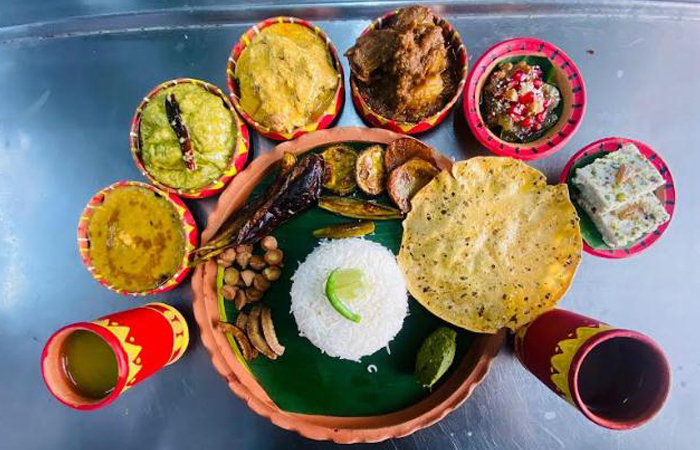


When we discuss Bengal, we also discuss cuisine. This region’s distinctive cuisine has left such a lasting impression on the world that talking about the area invariably leads to talking about its cuisine. I’m going to share a tale with you today about my food and my house. Although you undoubtedly assume that this is a story about maach-bhaat, kosha mangsho, and sondesh, Bengali cuisine is considerably more diverse than these popular tourist meals.
The Bengal area, in the eastern portion of the Indian subcontinent, which encompasses Bangladesh and the Indian states of West Bengal, Tripura, and Assam’s Barak Valley, is where Bengali cuisine was born and developed. This cuisine accurately reflects the region’s varied geography. The traditional primary foods, rice and fish, are produced in Southeast India’s famed vast agricultural plains and apparently endless rivers. Due to the region’s extensive dairy farming industry, milk, ghee, and butter are primarily used in Bengal’s famous sweets. More than 222 million people make up this amazing terrain, and each home has its unique recipe for each meal, demonstrating an extraordinary level of culinary skill. The history of Bengali food is a complicated and delicate interplay between tradition and variety, religion and geography, and westernization and custom.
When paddy agriculture was introduced to Bengal from Southeast Asia some 5,000 years ago, rice started to become a staple source of calories. A government study from the 1940s found that 3500 of the 3600 calories needed for living came from eating rice. The region’s rivers contributed to the evolution of the cuisine by introducing seafood, particularly fish. The saying “Maache-Bhaate-Bangali” or “fish and rice make a Bengali” refers to this traditional Bengali dish of rice and fish. From the 15th century onward, Bengali manuscripts mention dal (lentils), another important staple. Different dal varieties are mentioned in the work Mangalkavyas.